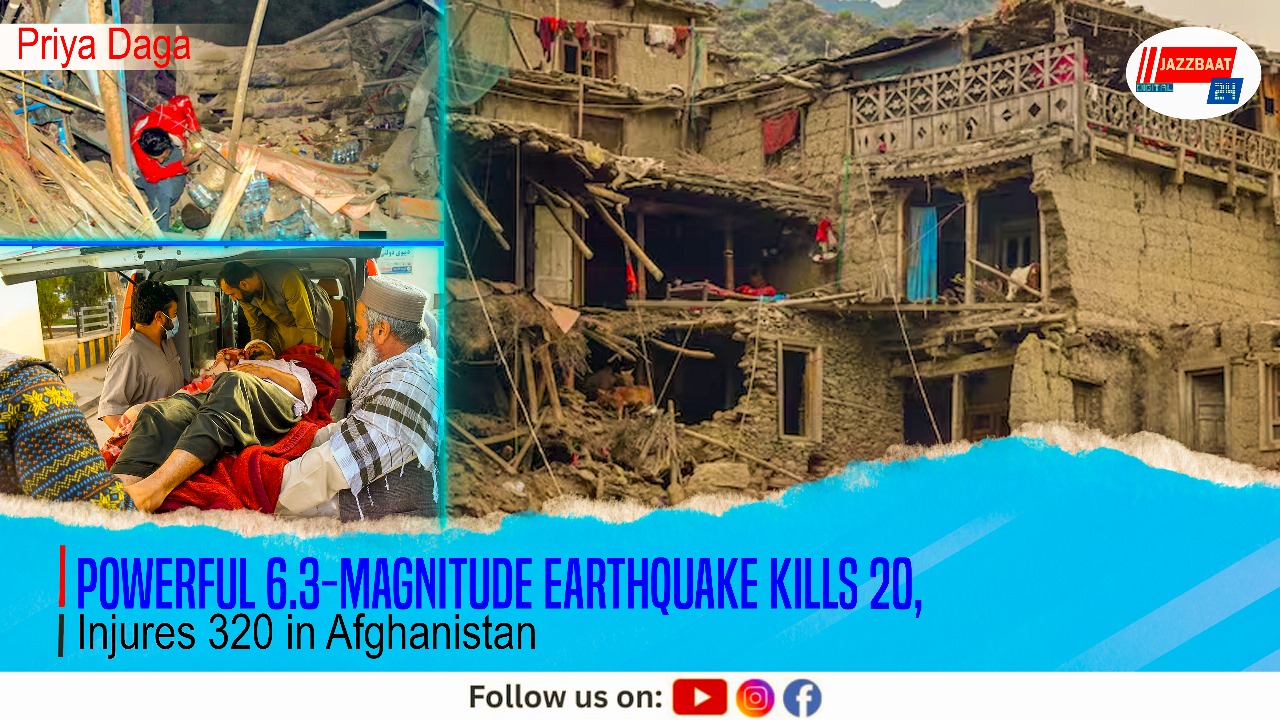At least 20 people were killed and 320 others injured when a powerful 6.3-magnitude earthquake struck Afghanistan on Monday, according to the country's health ministry, adding to the nation's mounting toll from seismic disasters.
The earthquake occurred at a depth of 28 kilometers near Mazar-e-Sharif, one of Afghanistan's largest cities with a population of approximately 523,000, the US Geological Survey reported. Powerful tremors were captured on CCTV footage that went viral on social media, though its authenticity could not be independently verified.
The death toll was compiled from hospital reports collected Monday morning, said Samim Joyanda, spokesperson for the health department in Samangan, a mountainous northern province near Mazar-e-Sharif. The earthquake caused significant structural damage, including partial destruction of the holy shrine of Mazar-i-Sharif, according to Balkh province spokesperson Haji Zaid, who referenced damage to the famous Blue Mosque.
Afghanistan remains exceptionally vulnerable to earthquakes due to its location on two major active fault lines with the potential to rupture and cause extensive devastation. The country's challenging terrain, limited infrastructure, and ongoing humanitarian crisis compound the difficulties in responding to natural disasters.
This latest tremor continues a deadly pattern of seismic activity in Afghanistan. More than 1,000 people died following an earthquake in August, according to the Afghan Red Crescent Society. On August 31, 2025, a magnitude 6.0 earthquake near the Pakistan border in eastern Afghanistan killed over 2,200 people.
Perhaps most devastating was the October 7, 2023 earthquake, when a 6.3-magnitude quake followed by strong aftershocks left at least 4,000 people dead, according to Taliban government figures. These repeated disasters have strained the country's already limited emergency response capabilities and healthcare.
The Afghan government faces significant challenges in disaster response due to limited resources, international isolation following the Taliban's return to power, and ongoing economic difficulties. Humanitarian organizations have warned that the country's vulnerability to natural disasters is exacerbated by years of conflict, poverty, and inadequate building standards that leave structures particularly susceptible to earthquake damage.
The international community's response to Afghan disasters has been complicated by political considerations surrounding engagement with Taliban authorities, though humanitarian assistance typically continues through established aid channels.
